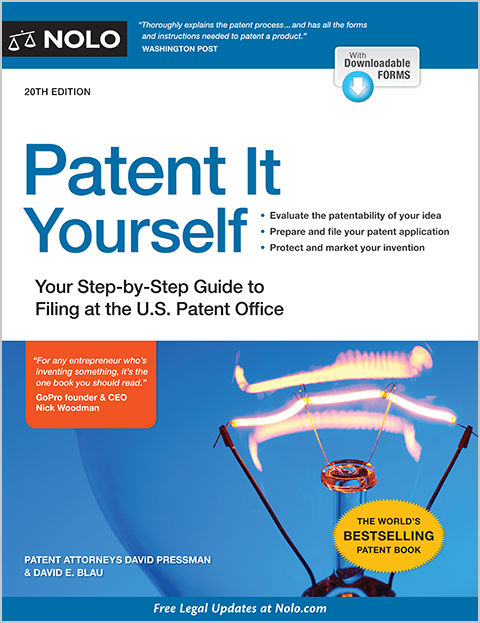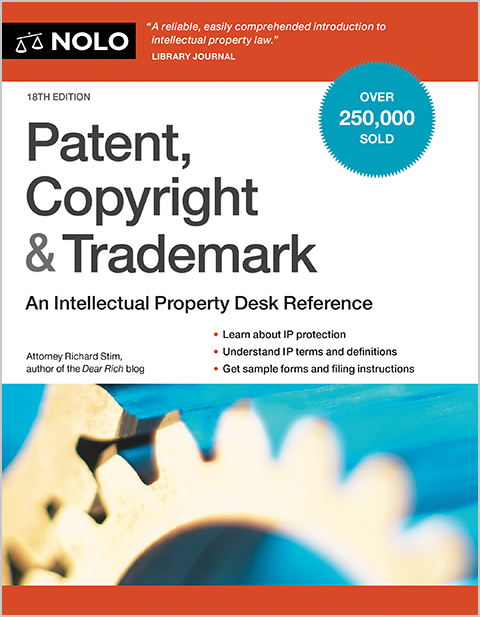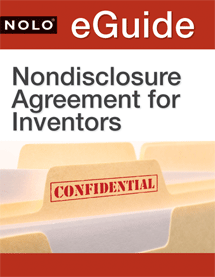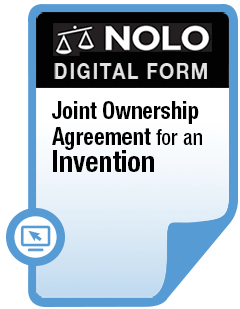Consider Trademark Class 45 if you're registering a trademark for a legal, security, or related social service.
Trademark Class 45 includes security services (namely for the protection of property and individuals), and other related personal, legal, and social services.
Specifically, the class includes babysitting, personal background investigations, internet dating services, religious sermons, wedding planning, and legal document preparation.
What Services Are Included Under Trademark Class 45?
The following is a more comprehensive list of Class 45 services:
- Safety, rescue, security and enforcement services, baggage security inspection services for airlines, fire fighting, guard services, inspection of factories for safety purposes, monitoring of burglar and security alarms, day and night guards, opening of security locks, personal background investigations, personal body guarding, rental of safes, rental of fire extinguishers, rental of fire alarms, and personal security consultation.
- Personal and social services, adoption agency services, babysitting, chaperoning, genealogical research, house sitting, lost property return, pet sitting, planning and arranging of wedding ceremonies.
- Astrological and spiritual services, horoscopes, astrological forecasting, and providing spiritual and philosophical guidance.
- Rental of clothing, clothing rental, dress rental, shoe rental, handbags rental, rental of jewelry, rental of uniforms, tuxedo rental, and rental of formal wear.
- Detective and investigation services, detective agencies, detective investigations, private investigation, missing person investigations, and paranormal investigations.
- Dating services, internet dating services, dating agencies, and marriage bureaus.
- Funerary services, cremation services, funerals, undertaking, and embalming services.
- Religious services, conducting religious ceremonies, religious sermons, religious counseling, organization of religious meetings, ordaining ministers, and providing information about religion.
- Legal services, alternative dispute resolution services, arbitration services, pro bono legal services, copyright management, intellectual property watching services, intellectual property consultation, legal research, legal document preparation, legal advice, licensing of computer software, licensing of intellectual property, litigation services and support, mediation, domain name registration, and providing information in the field of law.
What Services Aren't Included Under Class 45?
But the class isn't as broad as you might expect. Specifically, you would not use Class 45 if you're applying for:
- professional staffing services (Class 35 - Advertising and Business Services)
- services relating to financial or monetary affairs and services dealing with insurance (Class 36 - Insurance and Financial Services)
- escorting of travelers (Class 39 - Transportation and Storage Services)
- rental of security drones (Class 39 - Transportation and Storage Services)
- services consisting of all forms of education of persons (Class 41 - Education and Entertainment Services)
- performances of singers, dancers, and other entertainers (Class 41 - Education and Entertainment Services)
- computer services for the protection of software (Class 42 - Computer and Scientific Services), and
- services provided by others to give medical, hygienic, or beauty care for human beings or animals (Class 44 - Medical, Beauty, and Agricultural Services).
Examples of Trademarks in Class 45
You can find trademarks that have been applied for or registered by the United States Patent and Trademark Office (USPTO) under Class 45 in the Trademark Electronic Search System (TESS), an electronic trademark database.
Some well-known examples of Class 45 marks include:
- ADT (electronic monitoring for security)
- EHARMONY (dating services), and
- ANCESTRY.COM (providing genealogical information).
USPTO Trademark Classes
The USPTO, the federal agency that oversees the registration of federal trademarks, divides marks into 45 different classes of products and services. The purpose of these classes is to allow different types of businesses to register their trademarks into categories most related to their core business.
The first 34 classes consist of different broad categories of goods. The last 11 classes consist of different broad categories of services.
Related or Coordinated Classes to Class 45
If you're not sure whether you should apply for your mark under Class 45, you can consider a "coordinated" class. A coordinated class is one that's related to another class, usually because the USPTO has determined that applicants filing within one particular class often file in other specific classes, too.
For Class 45, the USPTO has determined the following classes to be coordinated classes:
- Class 35 - Advertising and Business Services
- Class 37 - Construction and Repair Services
- Class 36 - Insurance and Financial Services
- Class 38 - Telecommunications Services
- Class 39 - Transportation and Storage Services
- Class 40 - Material Treatment Services
- Class 41 - Education and Entertainment Services
- Class 42 - Computer and Scientific Services
- Class 43 - Hotels and Restaurants Services, and
- Class 44 - Medical, Beauty, and Agricultural Services.
Trademark Filing Fees
The trademark class system will also affect the scope of the registration fees that you pay. The USPTO charges a set filing fee per class of goods or services. So, if you apply for a trademark for posters (Class 16) and shirts (Class 25), you must pay the filing fee for two classes, which is double the filing fee for one class. (37 C.F.R. §2.6(a)(1)(2022).)
Be sure to indicate the correct class at the time you're registering a trademark—if the application doesn't already do so for you. If you list the incorrect class, you must restart the application process, and your filing fees will not be refunded.
Your registration is restricted to those classes that encompass the goods or services you're already offering (as shown by the specimens you submit) or that you plan to offer (if you're registering on an intent-to-use basis).
USPTO Specimens
At some point in the trademark application process, you'll need to supply the USPTO with a specimen. A specimen is a real-world example of how your mark is being used in association with your goods or services. In other words, it's how customers come across your mark as they shop for your goods or services.
If you're applying for a use-in-commerce trademark (you're already using your trademark to sell your goods or services), then you'll submit a specimen with your trademark application. If you're applying for an intent-to-use trademark (you haven't started using your trademark yet but plan to), then you'll submit a specimen after you've already submitted your trademark application once the trademark examiner—the person at the USPTO reviewing your application—requests it from you.
For every class of goods or services, you'll need to submit at least one specimen regardless of how many goods or services are listed under the class. So if you apply for hats, t-shirts, and socks under Class 25, then you'll only need to submit one specimen and you can choose which good to include in your specimen.
(37 C.F.R. §2.34(b)(2)(2022).)
Acceptable Specimens for a Service Mark
A specimen for a service trademark must show use of the mark in a manner that would be perceived by potential purchasers as identifying the applicant's services and indicating the service's source.
When the mark is used in advertising the services, your specimen must show an association between the mark and the services you're applying for. A specimen that shows only the mark, with no reference to the services, doesn't show service mark usage.
When offering a service, you don't have a product you can put a label on. Instead, your specimen will need to show how your trademark is being used to sell your service. So, your specimen can show how you're using your trademark to promote your services or how your trademark is used in the performance or rendering of your service. (37 C.F.R. §2.56(b)(2)(2022).)
Acceptable specimens for services include a variety of materials that can't be used for product marks. For a service trademark, you can submit specimens that include:
- newspaper and magazine ads
- brochures
- billboards
- direct mail pieces
- menus (for restaurants)
- publicly available press releases—such as on the applicant's website, and
- letterhead stationery—for instance, invoices—and business cards showing the mark when the services are plainly reflected on them.
If your services are rendered online, you can use a screenshot of the webpage where the trademark and reference to the services appear. Ideally, the trademark will be displayed in the webpage header, but any prominent showing of the trademark that appears near a description of the services will work. Be sure you include—either on the screenshot or in the application—the website URL and the date you last accessed the webpage. (37 C.F.R. §2.56(c)(2022).)
While most marks appear in writing somewhere, trademarks can also be in audio format. If your mark represents a service, and it appears only on radio ads or in some other audio form, you can submit a sound file of the audio.
Unacceptable Specimens for a Service Mark
The following are unacceptable specimens for service marks:
- news releases or articles based on news releases that are only sent to the news media
- documents showing trademark rather than service mark usage (use of the mark in connection with goods rather than services)
- invoices and similar documents such as packing slips, unless the invoice identifies the mark and the services represented by the mark, and
- letterhead or business cards that bear only the mark and a company name and address, unless the letterhead or the text of the letter identifies the services represented by the mark.
For more information about trademarks and federal registration, see our section on trademark law.
Talk to a Lawyer
Need a lawyer? Start here.
How it Works
- Briefly tell us about your case
- Provide your contact information
- Choose attorneys to contact you
- Briefly tell us about your case
- Provide your contact information
- Choose attorneys to contact you



